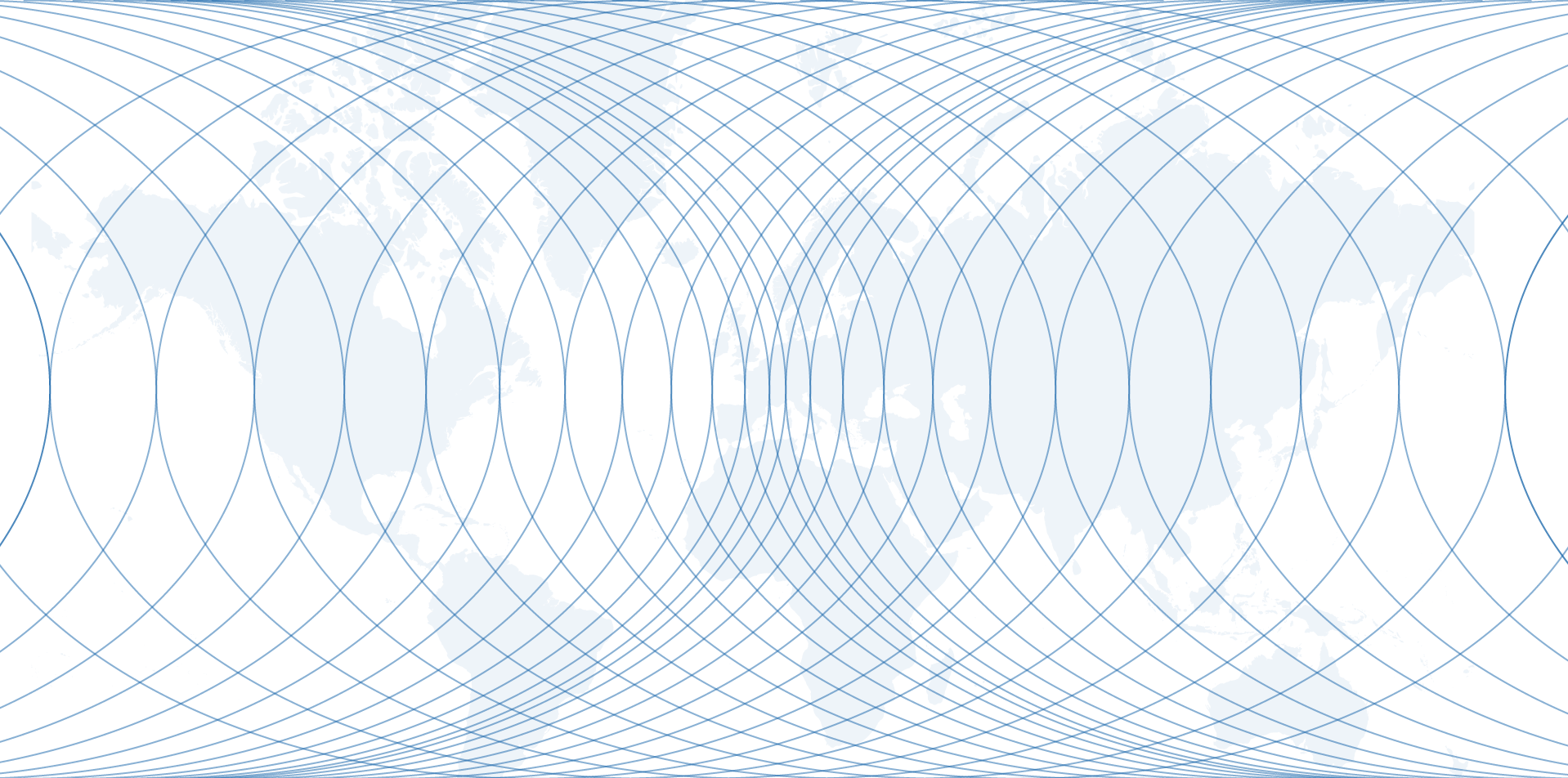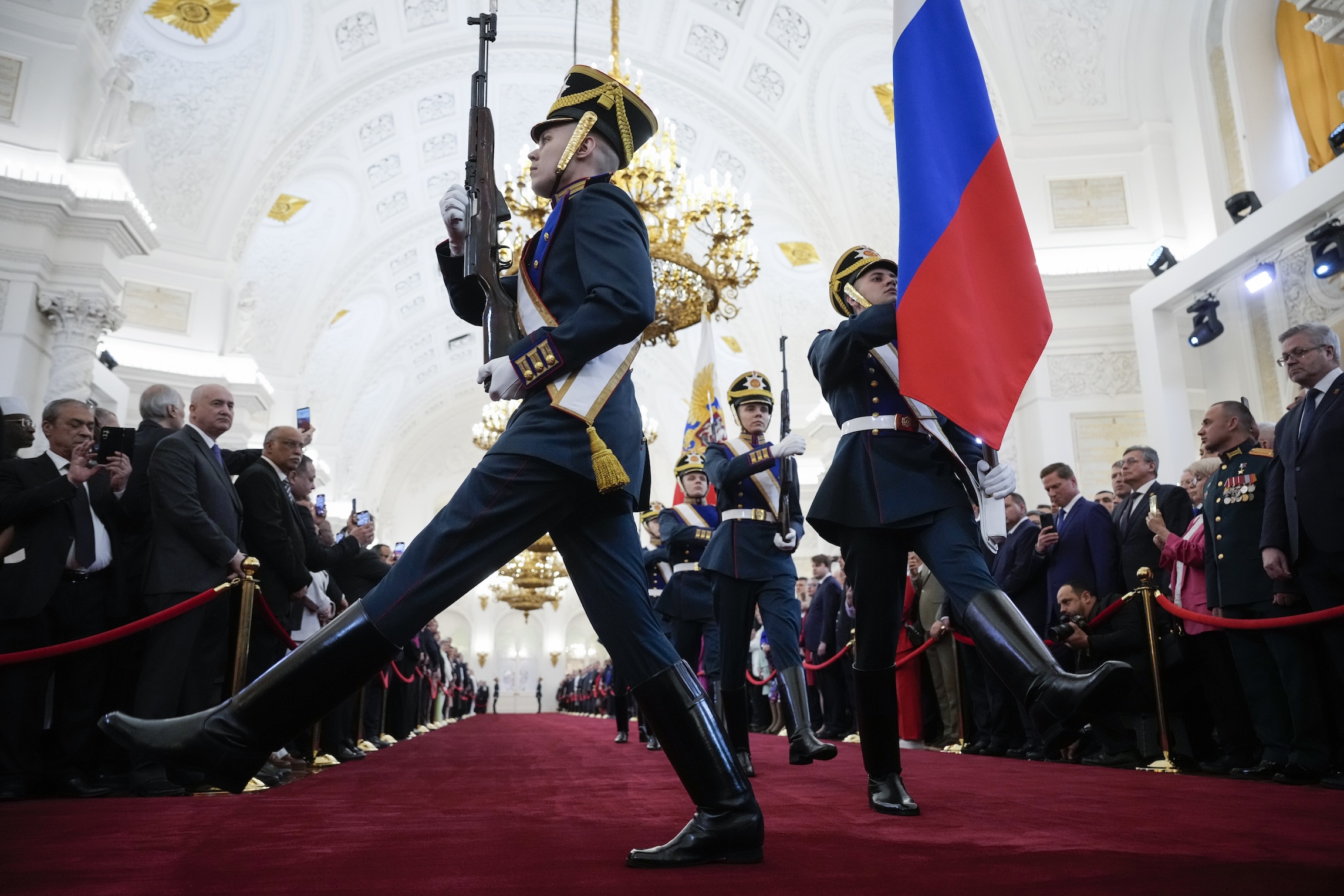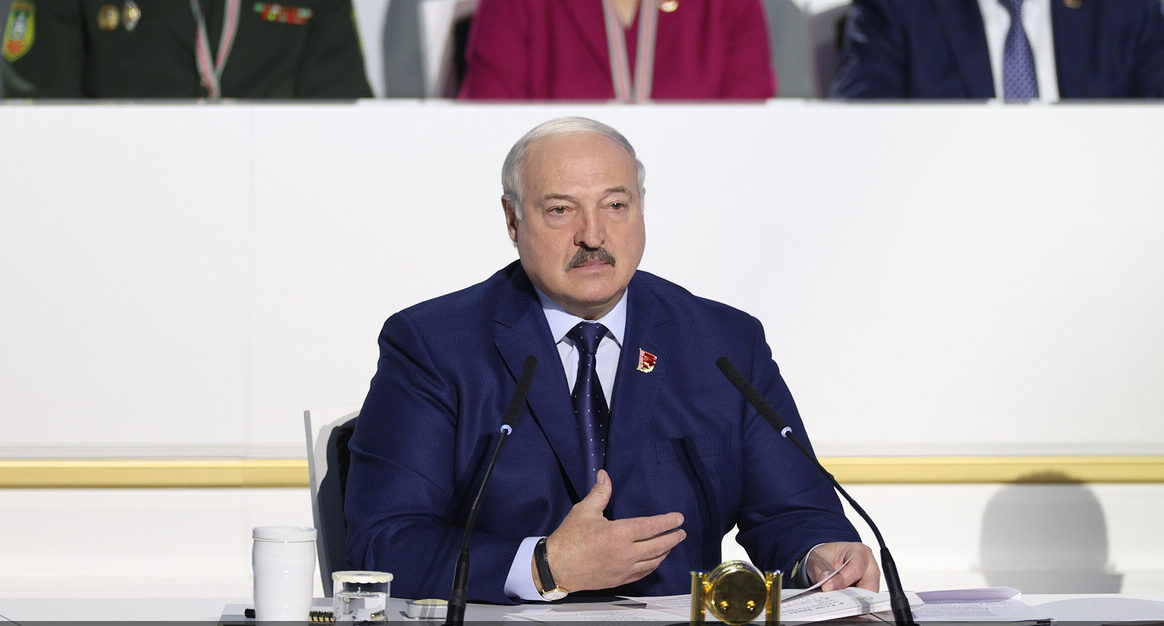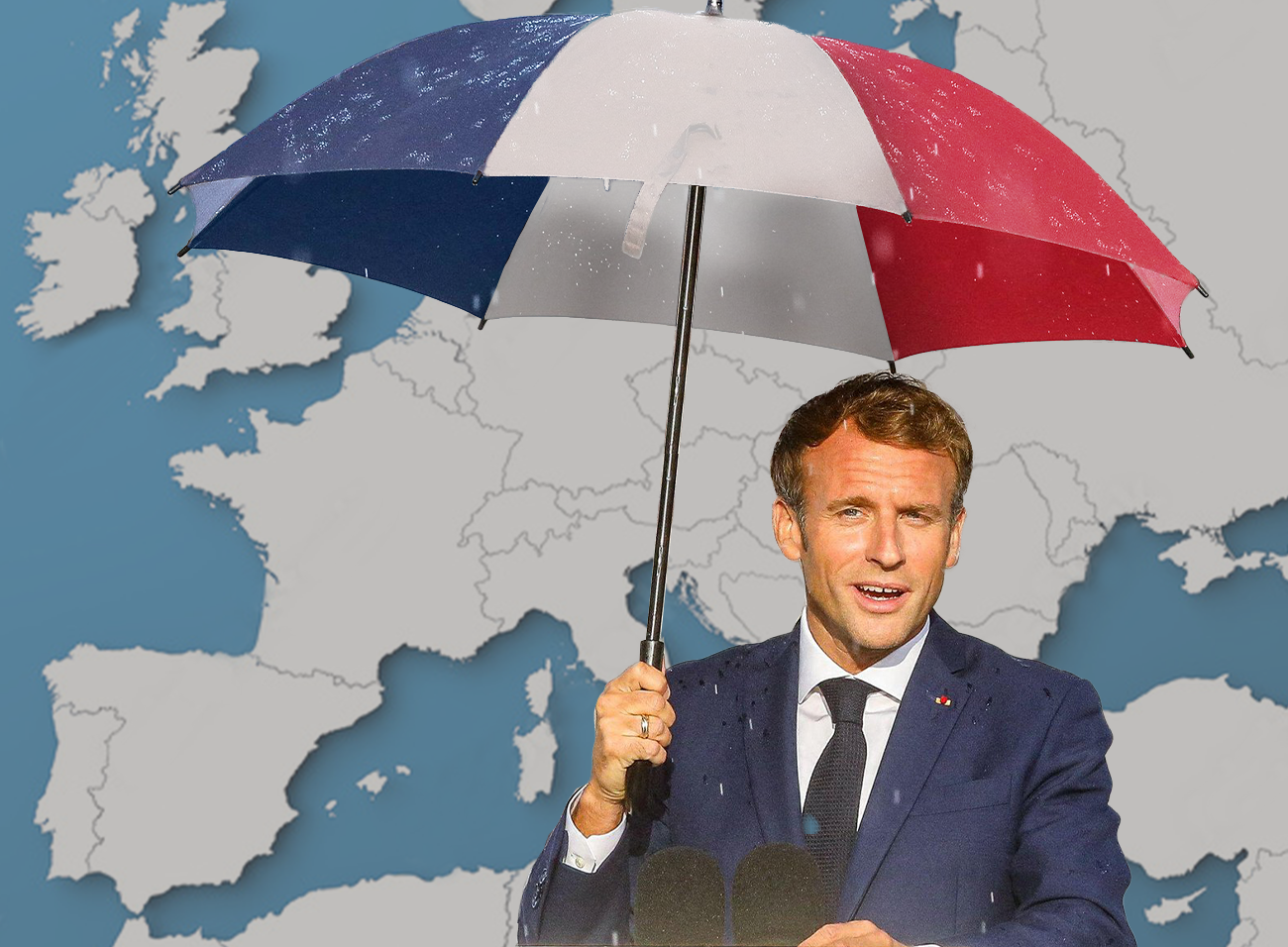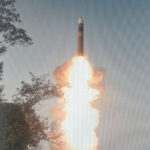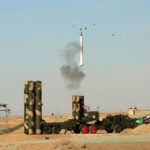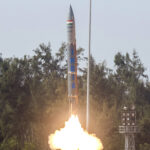(343) 04-13-2024-to-04-19-2024__****THE****WINDS****of****WAR****
(344) 04-20-2024-to-04-26-2024__****THE****WINDS****of****WAR****
(345) 04-27-2024-to-05-03-2024__****THE****WINDS****of****WAR****
-------------------------------------------------------------------------------------------------------------------
Posted for fair use.......
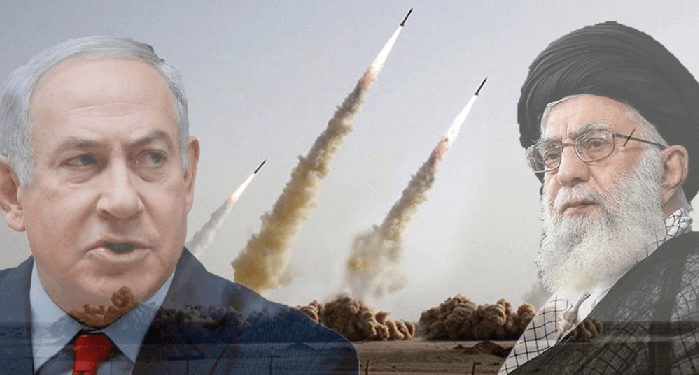
Middle East Sits On 'Atomic' Volcano; Can Iran & Israel Curb Their Voracious Appetite To Finish Each Other?
Proxies of major world powers are playing a game that could see the destruction of the world in a nuclear holocaust. It is time sense prevailed, and Iran and Israel curb their voracious appetite to finish each other. Rampage ‘No Match’ To BrahMos; Why Indo-Russian ALCM Packs The Greatest Punch...
 www.eurasiantimes.com
www.eurasiantimes.com
Middle East Sits On ‘Atomic’ Volcano; Can Iran & Israel Curb Their Voracious Appetite To Finish Each Other?
By KN Pandita - May 4, 2024Proxies of major world powers are playing a game that could see the destruction of the world in a nuclear holocaust. It is time sense prevailed, and Iran and Israel curb their voracious appetite to finish each other.
Of the many irritants in the US-Iran relations, the one that has often exacerbated tension between the two is Iran’s irresistible fervor for acquiring nuclear capability. Iran has never accepted the bombast of the so-called Islamic bomb produced by Pakistan because Tehran was aware that by “Islamic bomb,” Pakistan meant “Saudi bomb.”
In simpler words, given the long-standing enmity between Iran and Saudi Arabia, Iran decided to go nuclear at any cost. Iran’s hostility towards Israel is rooted in regional politics, not religion.
Israel destroyed nuclear installations in Iraq during Saddam Hussein’s regime. Likewise, Israel has also subjected Iran’s nuclear program to attacks on multiple occasions, including eliminating key scientists linked to the program.
But at the same time, neither Israel nor the US saw any harm to their political interests by Pakistan attaining nuclear capability through covert means. Why was it so? The EurAsian Times has discussed this in one of its earlier articles.
With the signing of the Joint Comprehensive Plan of Action (JCPOA) between Iran and five world powers in July 2015, it was expected that the Iranian nuclear juggernaut would be finally stopped.
That did not happen because the Trump administration withdrew the US from the agreement, and Iran declared that it was now free to enrich uranium to the level of making a nuclear bomb. Though the EU tried to reopen negotiations, it did not work.
IAEA’s Warning
With the escalation of hostilities between Israel and Hamas and the failure of stakeholders to enforce restraint on both sides, the entire region of the Middle East and the world at large is now faced with the threat of nuclear disaster if good sense eludes the actors on the Middle East chessboard of diplomacy.The Director General of the International Atomic Energy Agency (IAEA), Rafael Grossi, said Iran was just weeks, rather than months, away from obtaining enough enriched uranium to develop a nuclear bomb. This has to be taken as the most authoritative statement on the current status of Iran’s progress in nuclear technology.
In a report published earlier, Grossi said: “This does not mean that Iran possesses or will possess a nuclear weapon in that period.”
He added that although uranium enrichment to levels close to weapons-grade levels constitutes a cause for concern, that does not mean that Iran has or would have a nuclear weapon in that space of time.
He explained that “a functional nuclear warhead requires many other things independently from the production of the fissile material,” noting that Iran’s goals remain a “matter of speculation.”
Commenting on the development, The Times of Israel of April 23 wrote that according to Grossi, Iran’s nuclear goals were a matter of “speculation” though he criticized the country for its enrichment activity that “raises eyebrows” and its opaque dealings with UN nuclear inspectors, who are not being given the level of access to facilities, that he believed they need.
More Reflections
Grossi’s remarks came amid a recent flare-up in tension between Israel and Iran. After Iran fired a barrage of hundreds of missiles and drones at Israel in response to the alleged killing of IRGC (Islamic Revolutionary Guard Corps) commanders in Syria, there was international apprehension that Israel could retaliate with a strike on Iran’s nuclear facilities.The retaliation did come, but the bombs were dropped a short distance from the nuclear facility in Isfahan. Grossi said that attacking nuclear facilities was an absolute no-go.
Iran’s Denial
Iran denies that its uranium enrichment has reached the level at which manufacturing the nuclear bomb becomes a reality. Even so, Israel and the West believe the country had an active nuclear weapons program until at least 2003.Iran’s supreme religious leader Ayatollah Khamenei, who has the last say on Iran’s nuclear program, issued a fatwa or religious decree in the early 2000s banning the development of a nuclear weapons program until at least 2005.
However, in February last year, Grossi said that Iran continues to enrich uranium at rates of up to 60 percent purity, which is far beyond the needs for commercial use and is a short technical step away from weapons-grade 90 percent. Iran, however, claims its nuclear program is only for peaceful means.
Political Angle
Amidst the raging controversy about Iran’s nuclear program, the entire issue is steadily assuming a definite political dimension.“The West is trying to distract attention from the situation in the Gaza Strip” with allegations about Iran’s nuclear ambition,” said Russian Foreign Minister Sergey Lavrov, reported Anadolu Agency.
He asserted that their desire and “goal is to switch the world community’s attention from what is happening in the Gaza Strip where a humanitarian disaster is unfolding and many rapporteurs of the UN Human Rights Council are already talking about genocide,” he said in an interview with three Russian radio stations.
He went on to say that despite the International Atomic Energy Agency’s confirmation that Iran possesses no nuclear weapons, Israel persists in accusing Iran of their use. Iran is the country most inspected by the Treaty on the Non-Proliferation of Nuclear Weapons, he asserted.
Trans-Regional Escalation
Warnings of immense destruction likely to happen in the wake of the escalation of the Iran-Israel clash are pouring from many quarters. The general inference is that the world is upset with the rigidity gripping both sides.Meanwhile, commentators are debating who would be on whose side in case of a full-fledged flare-up in the Middle East. Iran is reported to be making some moves that carry destruction in their womb. Reports of a high-level delegation from North Korea visiting Tehran have been recently made public.
The recent trip raised speculation that, along with economic cooperation, North Korea could deepen military ties with Iran. North Korea and Iran are known to be critical providers of weapons to Russia to support its Ukraine invasion/special military operations.
Also, North Korea and Pakistan’s relations have been historically strong, right from when the late Benazir Bhutto, then prime minister of Pakistan, carried the missile production formula in the pocket of her overcoat when on a visit to Pyongyang.
Recently, Iranian President Ebrahim Raisi was on a three-day visit to Islamabad, where he was reported to have discussed the ongoing situation in the Middle East and sought the support of Pakistan.
The grapevine has it that for quite some time, talks have been going on secretly between Tehran and Islamabad, which veer around Pakistan lending support to Iran in nuclear technology. Some observers have gone on to say that the cash-starved Pakistan has no qualms of conscience in selling nuclear technology to Iran.
As long as theocratic Iran remains a proxy of China and Russia and Israel of the US and her European allies, peace and normalization in the Middle East may remain a distant dream.
- Prof. KN Pandita (Padma Shri) is the former director of the Center of Central Asian Studies at Kashmir University.
- This article contains the author’s personal views. EurAsian Times is not responsible for the authors’ OPED.
- Follow EurAsian Times on X (formerly Twitter)
Recent Posts
- 1st Nuclear Submarine To Sink Enemy Vessel: How British Navy ‘Conquered’ US-Origin Warship & Created History
- Abrams Tank: Russian UAVs ‘Wreak Havoc’ On US MBTs; Moscow Claims 5th Destruction Of ‘Deadly’ Abrams
- China’s Fear Of ‘Asian NATO’ Close To Reality? US Gathers Key Players In Indo-Pacific To Check Hostile Beijing
- US Scrambles ‘Chinese’ F-16 Fighter To Intercept Russian Tu-95, Su-35, Su-30 Warplanes Over The Arctic
- Nepal Claims Indian Territory In New Currency Notes; Dances On China’s Tunes Much To India’s Chagrin



